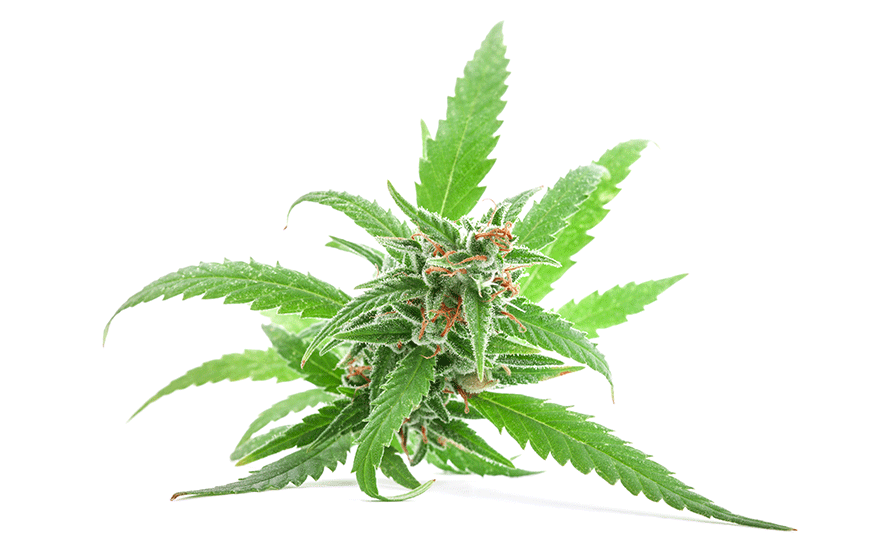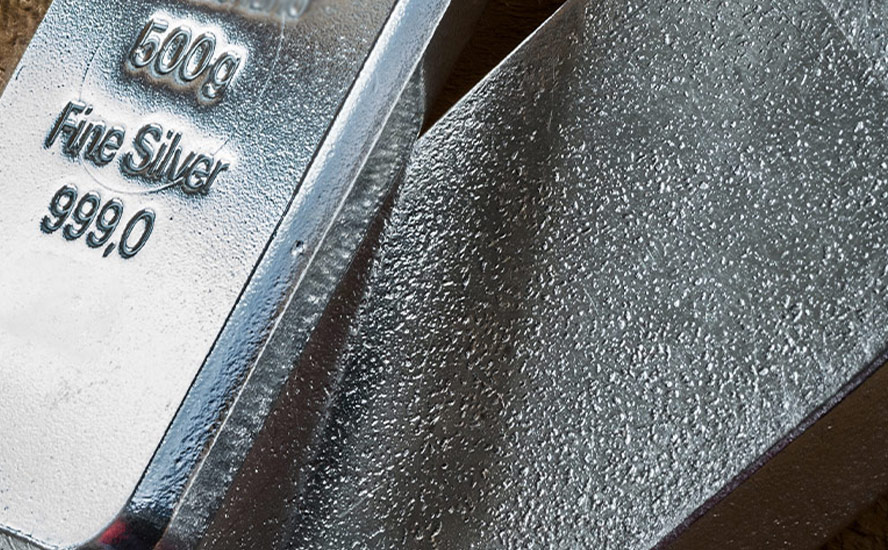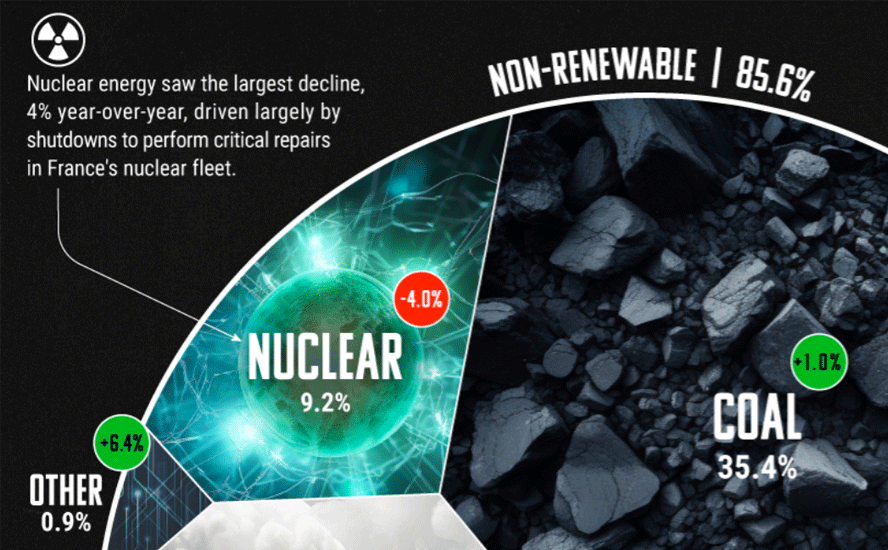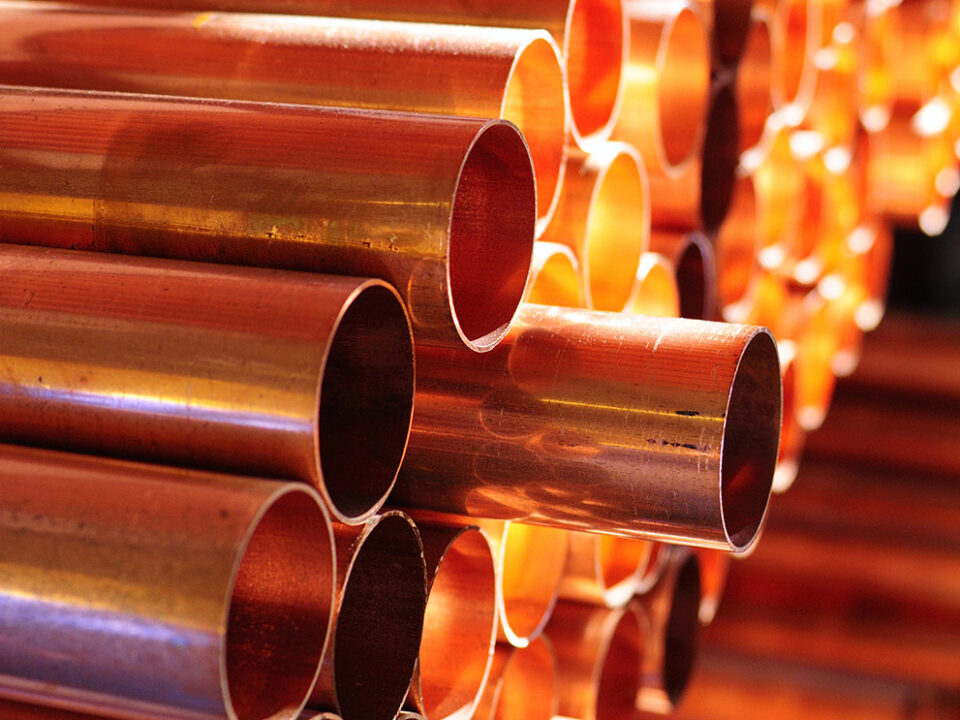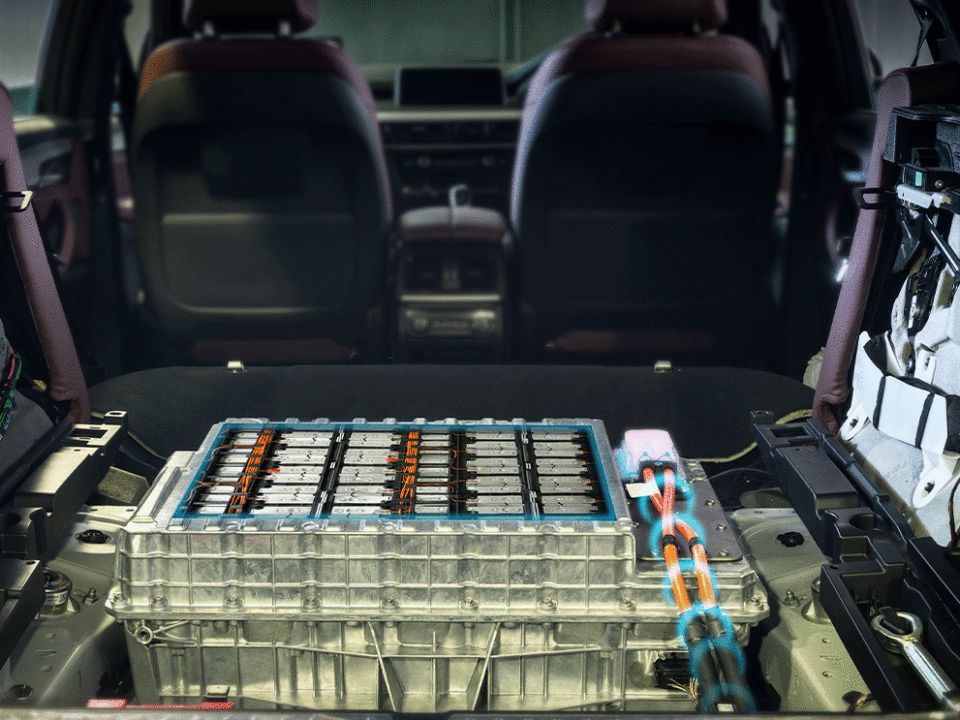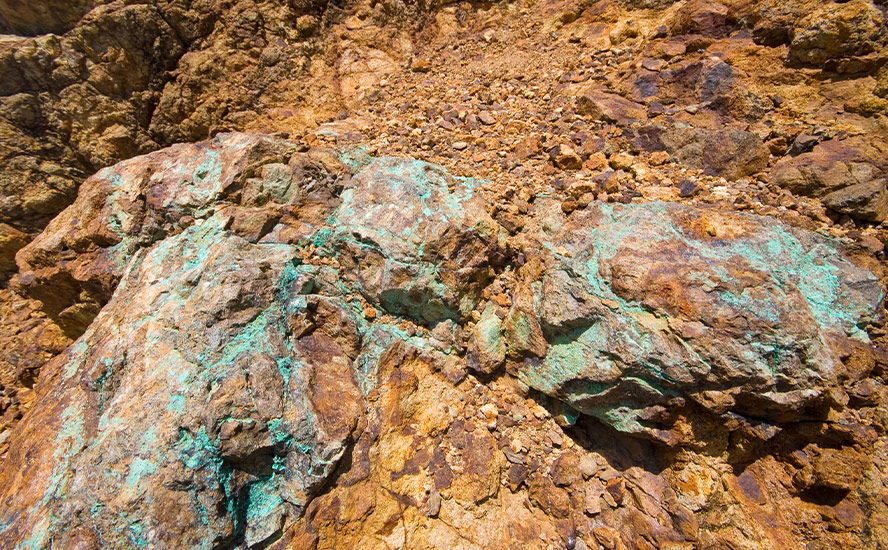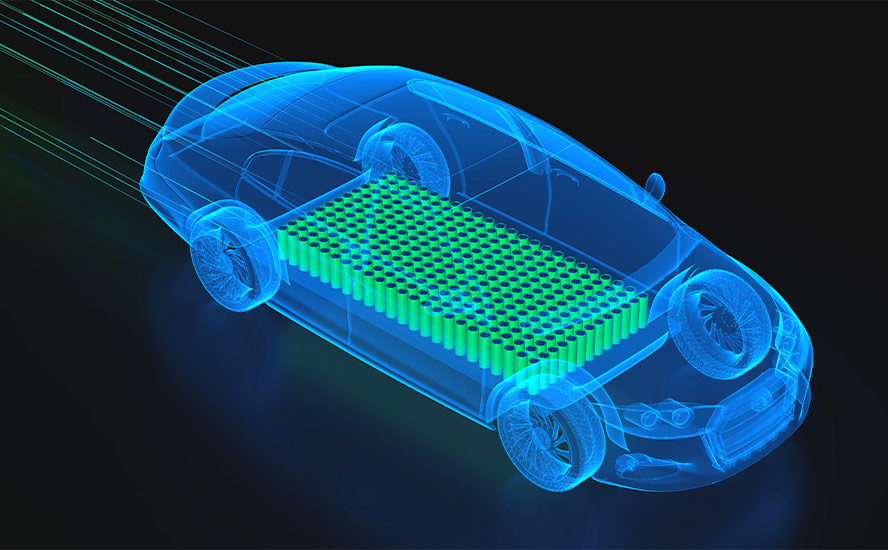Cypress: 5 first steps to a lithium mine

2019.05.01
Building a mine is a succession of confidence-building steps. In the initial phases of exploration, when land is staked, samples are taken (channel, rock, chip) and surveys (geochemical and geophysical) are conducted, junior resource investors have a low level of confidence in the project. There may be good potential, based on historical exploration, and geological theories on the mineralization that lies beneath, but investing in the company and its project at this point is highly risky. Nothing has even been drilled yet. Mining kept simple is: What’s in the ground? What’s it going to cost to get it out? What can I sell it for?
Drilling is the best proof a mine developer has of confirming its theories. A drill that intercepts mineralization has just removed the first layer of doubt in the minds of investors: there is in fact something of potential value. Once assays are taken from the initial drill core, investors are given the first picture of its potential. Drill core gives us a sense of how economic this mine property could be. How economic will depend on many factors, to name a few: the grades, the extent of the mineralization, scalability of the project and nearby, or not, infrastructure.
A company that believes they have stumbled upon something big, can then move on to the next phase: a resource estimate. Releasing a resource estimate is usually the first move a junior makes to put its project on an investor’s radar. Bigger, of course, is always better, although other factors come into play as to whether the resource estimate will ever have a hope of becoming a mine. Some of these include the jurisdiction (is it in mine-friendly Nevada, or a small African republic with a history of expropriating mines?), the weather, access to infrastructure needed for mining (roads, railways, power, water, disposal options), the surrounding population (those with competing rights or interests in the land, such as indigenous people, farmers, ranchers, etc.), and the environment (is the terrain subject to landslides, flooding, earthquakes? Are there species at risk?
The RE answers the question, “What’s in the ground? The next step, a preliminary economic assessment, goes further and addresses “What’s it going to cost to get it out?” The PEA is an extremely important piece of early documentation that separates “fact from fiction”. The PEA gets into the mining methods, the costs per tonne of extracting and processing the ore, a price range for the mined commodity(ies) – and internal rate of return – a metric used to estimate the future profitability of an investment.
IRR is the number that investors look at to determine whether they are likely to receive a high enough return by investing in this particular project versus another.
If a junior passes this step, it’s on to a prefeasibility study, or just prefeas, in industry parlance. Here the junior needs to prove out, in greater detail, what was said in the PEA, the prefeas confirms extraction costs and what the miner gets when it sells the product. The prefeas may involve further drilling to confirm the resource estimate, upgrading resources to reserves, or refinements on the mineralogy (where the minerals are at what accumulation) and metallurgy. A successful prefeas at least confirms or, hopefully, betters the PEA. It pins down what would be the best mining method and the most efficient way of processing the ore (ie. at lowest cost) to receive the best price for the product(s), which may be further refined into end-products.
These first five steps of a mine always present multiple entry points for an investor to get into a company and its project. The discovery stage is when the risk, but also the potential returns on capital invested, an investors rewards, might be highest. The PEA and prefeas stages are also great catalysts in that, if the numbers add up, the project is de-risked enough that a partner might come in and help finance the mine to completion, earn its way in through a joint venture, or buying the project (or even the company) outright.

The junior may also decide it has the funds and the expertise to build a mine, without outside help. Although this is rare, since mine construction usually requires hundreds of millions in capital expenditures, some well-backed juniors are able to function as stand-alone entities and go mining.
This article will take a deep dive into Ahead of the Herd’s top pick in the lithium space – Cypress Development Corp (TSX-V:CYP) – in order to show readers how a potential mine, in this case the Clayton Valley Lithium Project – is successfully de-risked.
Step 1. Claims acquisition
Three and a half years ago Cypress began prospecting in the Clayton Valley, hoping to find a property that could support a lithium carbonate resource to compete with or possibly complement its neighbor, Albemarle’s Silver Peak Mine, whose lithium brine grades are declining. Silver Peak is the only operating lithium mine in the US. Cypress’ former head geologist noticed that some of claims on the south flank of an outcrop known as Angel Island had not been staked, and those that had been, had elapsed. Cypress wasted no time in acquiring two adjoining land packages located in Esmeralda County: the 1,520-acre Glory property and the 2,700-acre Dean property.
Step 2. Resource estimate
Seismic data from a technical report indicated favorable lithium brine exploration targets along the western and west central portions of Cypress’ Glory property.
With geological data in hand and two prospective properties acquired, Cypress started taking surface samples in September 2016. The samples returned results ranging from 340 parts per million (ppm) lithium (chemical symbol Li) to 2,940 ppm.
The first stage of a 2017 drill program involving nine core holes in the claystone delivered average grades of 900 ppm, or 0.48% LCE (lithium carbonate equivalent), throughout an average thickness of 76 meters starting from just below surface. In January 2018 Cypress completed the first five holes of a second-stage 12 to 14-hole program. The assays from the last two drill holes showed the mineralization continuing about 2.4 miles long and 1.2 miles wide across the Dean property. The fourth of five holes averaged 1,206 ppm over 88.4 meters while the fifth hole ended in three meters of 912 ppm.
The 23-hole drill program concluded in the spring of 2018; the highlight was an intersection of 97 meters averaging 1,144 ppm Li in the final hole.
A maiden resource estimate (RE) appeared on SEDAR on June 11. The report showed 1.3 billion tonnes containing 6.2 million tonnes of LCE, including 3.287 million tonnes LCE in the indicated category and 2.916MT LCE inferred. The RE was later upgraded in the PEA – see below.
The deposit remains open at depth, with 21 of 23 holes ending in lithium mineralization, meaning the drills have plenty of room to run in expanding the resource.
Step 3. Metallurgy
The size of a lithium deposit is of limited value if the metallurgy doesn’t work. Importantly CYP’s deposit contains non-hectorite clay, meaning the process to separate the lithium from the clay is simpler and less costly than clay containing hectorite.
The company has shown that lithium can be extracted from the claystones using a flowsheet whereby recoveries of around 80% can be achieved in short leach times (4 to 8 hours) using conventional dilute sulfuric acid leaching. The amount of sulfuric acid reagent needed is relatively low, and being able to leach the lithium with acid avoids more costly processing associated historically with other claystone deposits, specifically those needing high-temperature roasting.
Next steps will include more testing to demonstrate that lithium products can be reliably produced. This will entail further bench-scale testing, followed by a larger bulk test using a pilot plant which CEO Bill Willoughby says they are planning.
Step 4: PEA
The detailed PEA released in June, 2018 showed an attractive net present value of $1.45 billion at an 8% discount rate, yielding an internal rate of return (after tax) of 32.7%. Payback is just under three years. The IRR is predicated on a lithium carbonate price of $13,000 a tonne, based upon a market study by Benchmark Mineral Intelligence, a trusted lithium industry research firm.
The proposed mine would produce an average 24,042 tonnes of lithium carbonate a year, and have a minelife of 40 years. The mine would be neither a hard-rock nor a lithium brine operation, but rather, would process the lithium from clays in Nevada’s Clayton Valley by leaching with sulfuric acid.
The IRR is all the more impressive considering that Cypress only spent a million dollars in exploration. What’s more, the present resource increased 39% from the original resource estimate. The Clayton Valley Lithium Project now has a 1.8 billion-tonne- resource, hosting a combined (indicated and inferred) 8.9 million tonnes of LCE. This breaks down to 3.835 million tonnes of LCE in the indicated category, and 5.126 million tonnes of LCE in the inferred category (or for easy math, about two-thirds are inferred and one-third is indicated).
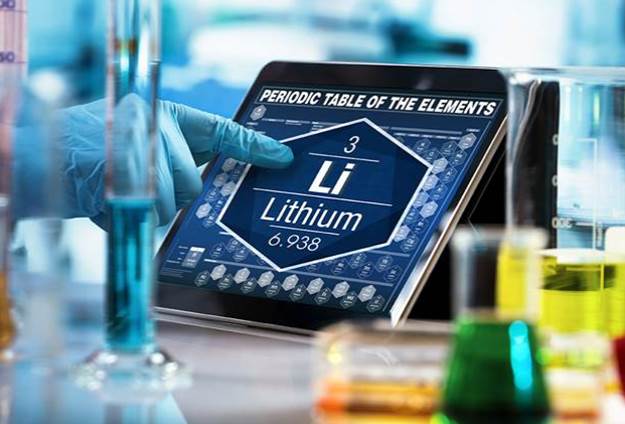
The grades are 867 parts per million (ppm) indicated and 860 ppm inferred, based on a 300 ppm Li cutoff grade.
The initial pit shell in the PEA contains about 500 million tonnes of claystone, more than enough to last Cypress 40 years of mining at the rate of 5.5 million tonnes per year.
Cypress’ PEA has a capex of just under half a billion ($482 million), $110 million of which will go into a building a sulfuric acid plant.
The processing method – “the flowsheet’ – involves evaporation, purification and crystallization to produce high-grade lithium carbonate free of impurities like magnesium. The plan is to use the agitated tank leaching method, this emulsifies the clay, putting it into a solution to which sulfuric acid is added, thus leaching out the lithium.
Processing costs are estimated at just under $4,000 per tonne of lithium carbonate ($3983/tonne) compared to around $5,000 a tonne for hard rock mining. The mine would churn cash of $150 million to $200 million a year for the next four decades.
At the end of the day, the aim is to produce battery-grade lithium carbonate and lithium hydroxide, on site, for sale to end users.
“The metrics off the PEA were, in my opinion, very good for a project that size, and with a long life,” Cypress’ CEO Bill Willoughby told Ahead of the Herd over the phone on Monday.
Willoughby noted that 15,000 tonnes of material a day can be moved at low cost. This is due in part to the lithium-bearing clay being at surface and having virtually no stripping ratio. At $2 a tonne, the cost of mining the clay is a fraction of the cost of the sulfuric acid needed to process it into lithium carbonate.
Indeed, a full one-quarter of the $482 million capex represents the acid plant.
Acid plant
A sulfuric acid plant converts molten sulfur into sulfuric acid. The PEA economics presume that sulfuric acid will be used as a reagent to convert lithium into lithium carbonate. It takes one tonne of sulfur to make three tonnes of sulfuric acid. That means about 700 tonnes of sulfur would be trucked in daily to produce 2,000 tonnes of sulfuric acid per day.
There is also the potential to sell excess sulfuric acid and generate more revenue that way – further bringing down its costs per tonne – while generating electricity from the acid plant to recover power costs.
Excess acid could be sold locally to large consumers and if a co-generation facility were built in, it could provide enough carbon-free electricity to power the entire project with excess power being sold to the grid.
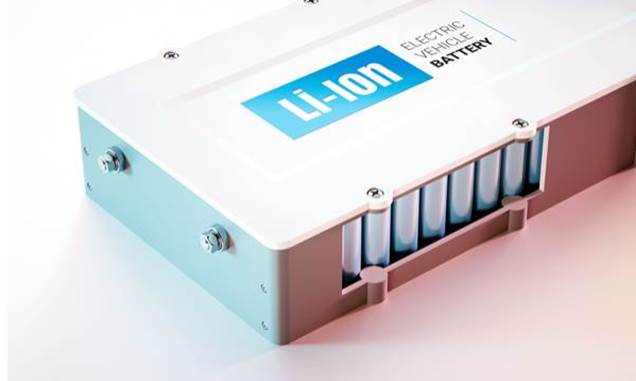
However, it’s important to note that Cypress does not depend on acid sales to be profitable ie. the $3,983 per tonne cost figure does not factor in any acid sales (or for that matter any by-product credits, that is a stand alonelithium cost figure).
Water
Lithium brine operations use a lot of water. Just ask Albemarle and SQM who are fighting over water rights to the Salar de Atacama they share in Chile. Cypress has negotiated a plan to access enough water for the project and Willoughby doesn’t expect it to be a problem.
The Clayton Valley Lithium Project expects to use between 1,000 and 2,000 acre-feet per year of makeup water; the amount depends on the final water balance to be determined in the prefeas.
The PEA includes a segment outlining a joint-venture agreement between Cypress and Dajin Resources Corp (TSX-V:DJI) including water rights applied for by Dajin at its neighboring Alkali Spring Valley Lithium Property. If the prefeas follows this concept, and the application is successful, water from Alkali Spring Valley would be piped about 13 kilometers to the project in Clayton Valley.
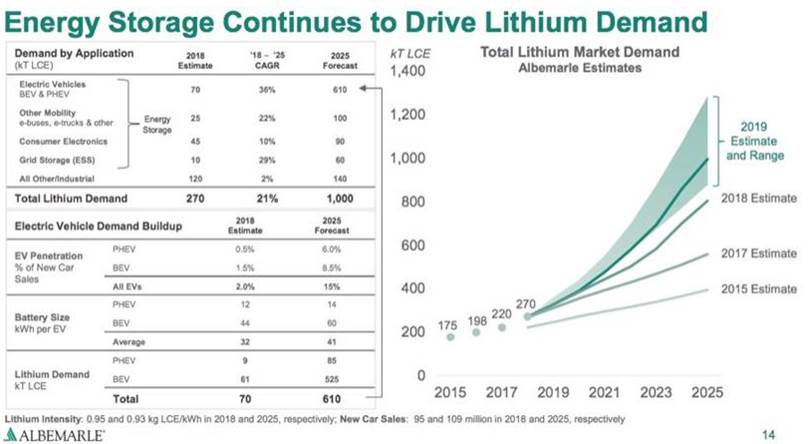
Step 5: Prefeasibility study
The PEA was all about showing what is possible at the Clayton Valley Lithium Project, with Cypress having hired an independent consultant to crunch the numbers. But the numbers are, as the ‘P’in PEA states, preliminary. The next step is a prefeasibility study (PFS) that will improve the accuracy of those figures. Institutional investors and financiers need to know that CYP’s numbers are solid and that they can deliver on what the report says they can do. A PFS is expected out in the next two to three months.
As mentioned, a prefeas is meant to confirm the numbers that have been presented in the PEA, or better them. But according to Willoughby, just matching the PEA is enough to move the project forward to the next step, a bankable feasibility study.
“I’ll be happy if the prefeas comes out right where the PEA had it,” he says. “We may be looking at different production rates to see whether the economics are better if we go up or down from that 24,000-tonne a year LCE number, but the PEA numbers were strong for a project of this scale.”
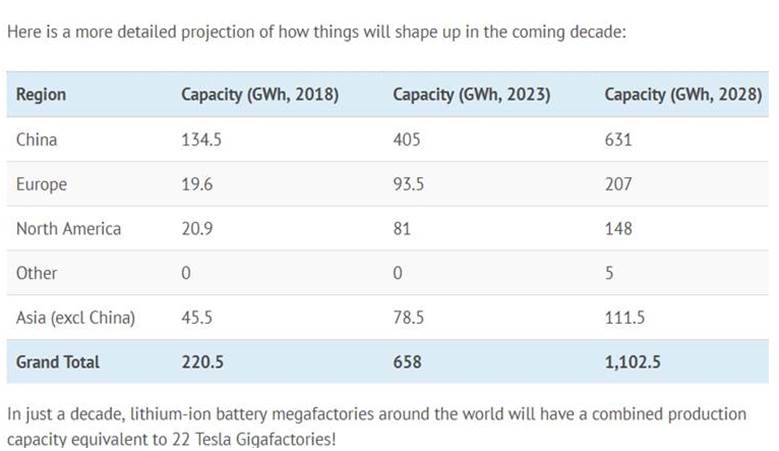
To complete the PFS, Cypress is envisioning two phases: initial metallurgical testing to confirm the PEA numbers (already done) and a second phase involving in-fill drilling and testing the flow sheet, with the goal of demonstrating a viable process exists to make lithium carbonate.

“That involves upgrading some of that resource number to a reserve category, and also looking at all of the flowsheet, determining the critical points in the flowsheet, testing those, and making sure we’ve got the reagent consumption, the processing rates, and recoveries right. The last step is updating the capital and operating costs and inputting all that back into the economic model,” says Willoughby.
The completion of the PFS first phase confirmed that lithium can be acid-leached to between 75% and 83% extraction with sulfuric acid consumption of between 85 and 132 kilograms per tonne – in line with the 125 kg/t estimated in the PEA. The tests also showed impurities such as magnesium – which can significantly increase the complexity and costs of processing lithium, are controlled through conventional processing.
Listen to an Ahead of the Herd interview with Bill Willoughby, explaining what was achieved in the first stage of the PFS.
Saleable products
The next stage of the prefeas is to produce lithium carbonate or lithium hydroxide in forms that can be marketed to end users.
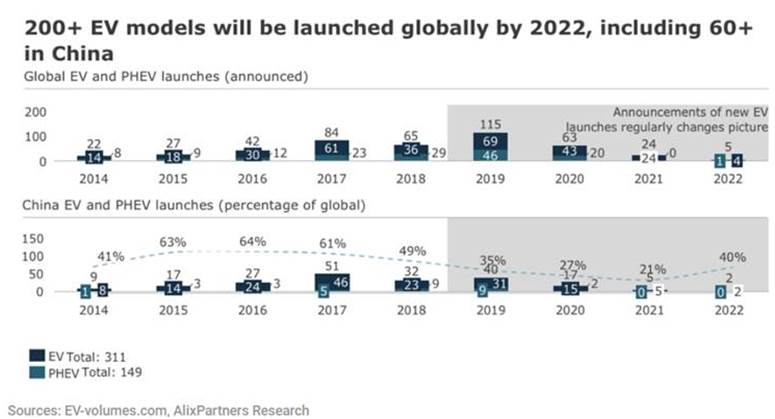
“We’re going to take clay out of the ground at a bulk rate and process it by agitated tank leaching, and then recover the lithium out of the solution. There are few moving parts in terms of picking up material, moving it, and setting it down. That, to me, is a key principle to having an operation that has low operating costs,” Willoughby said.
He added:
“All we have to do is demonstrate a project of size based on lithium. We can do that. We’ve got a tremendous resource. The drilling that we just completed backs that up. We have other potential credits in the way of by-products and energy from sulfuric acid generation, but our goal is to have the project stand on its own merit based on lithium.”
Infill drilling
The drilling Willoughby is referring to is described in an April 23 news release. Assay results were given for six holes drilled in the southwest portion of the pit area, that is expected to be the source of the project’s first production.
The goal of the infill drilling program was to define an area of relative higher-grade lithium, upgrade the resource categories, and provide the tonnage for the PFS mine plan and production schedule. The program also provided fresh material for geotechnical and ongoing metallurgical testing.
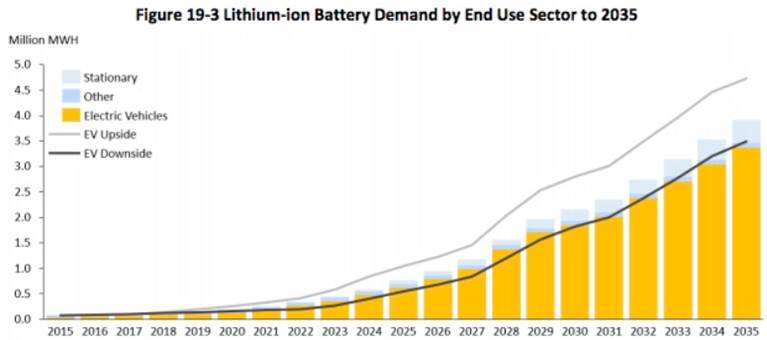
According to Willoughby, infill drilling was an important part of the PFS, telling Ahead of the Herd:
“The whole project relies on being able to mine a certain grade of resource, and the idea of an infill program is to confirm that your resource model is correct and that you’ve got an adequate drill spacing and understanding of the deposits. Our drill program was designed for that. We went in between two known drill holes in the resource model that had indicated that we had some of the better grade material around them.
We hit six for six on all holes. Every hole had better than 1,100 ppm throughout and good intervals of thickness, ranging from 50 to 85-plus meters, and the program was quite successful in proving that we have continuity and grade there. With that in hand, we are going to be able to update the resource model, and probably wind up with measured, as well as indicated resources.”
Why is that important?
Recall one of the key elements of a prefeasibility study is upgrading resources to reserves. Inferred resources are considered waste material, in terms of cash flow, within a prefeasibility study. Successful infill drilling gives a mine developer confidence that they will be able to convert the resource into measured and indicated resource categories, which can then be turned into proven and probable (P&P) reserves in the course of the PFS. And that, in turn, makes it possible for a company to optimize the mine plan – in Cypress’ case, refining the PEA production schedule which assumed mining within the starter pit at a rate of 5.5 million tonnes per year.
“You always want to go to the best place in the deposit to the mine first, and get the best grade into the cash flow model that you can, and that’s what we’ve been doing by focusing in on one area of deposit with the infill drilling program,” says Willoughby.
Cypress doesn’t yet know how much the results of the infill drilling will upgrade the resources, but Willoughby says he expects they will:
“For the most part, where we outlined that 500-million-ton pit for the PEA, quite a bit of that was already in the indicated category. The drilling likely upgraded some inferred material in the pit to indicated, I’m sure of that. I can’t tell you how much, but the more important thing is, now we have the confidence that we should be able to convert those resources in a PFS into reserves.”
“As it stands, we’re going to be able to flesh out a production schedule, be it 5 million tonnes a year or more, in the course of the PFS.”
There’s even a chance of shaving some dollars off the estimated $4,000 per tonne operating cost from the PEA, if the new, higher-grade material from the starter pit, is fed into the future mill:
“You do expect to see a change in the operating cost as you mine higher grade and you have certain costs such as acid consumption which are fixed costs per tonne,” says Willoughby. “So, if we’re sitting at around 125 kilograms per ton of sulfuric acid consumption, but you up the grade, say, by 20%, then you’d expect your operating cost to drop proportionately.”
Summing up the infill drill program, Willoughby says it wasn’t really necessary to do it for the PFS considering the amount of indicated resources they had already had from the PEA. But he’s pleased with the results.
“We did have a lot of indicated tons to begin with, but it was a good step to go ahead and do the [infill] drilling. We have outlined an area of a higher-grade material that we can bring into the production schedule now, and we should see some good results come out of the mine model. Those are all positives.”
Pilot plant
Looking further ahead to a bankable feasibility study (BFS) – the highest level of certainty in developing a mine – before permitting and actual construction – one of the most important milestones for Cypress will be constructing a pilot plant.
The goal would be to produce lithium carbonate and/ or lithium hydroxide right on site, in the Clayton Valley. So far, Willoughby is confident they’ll be able to do that, considering that phase one of the prefeas confirmed that lithium can be acid-leached at a recovery rate of around 80%.
“We did produce a high-grade evaporated concentrate that was running better than 4,000 ppm lithium, and it had low impurities, and from that, we’re confident we can go to either lithium hydroxide or carbonate,” he said.
As for the details on the pilot plant, it’s a little too early to say, but the CEO let on it would likely be in the cost range of $2-3 million, processing a bulk sample of between 100 and 1,000 tonnes of material. A relatively small pilot plant could be set up a long distance away, whereas something larger would have to be built within close proximity to the project. Willoughby said they’ve already identified a couple of locations that have power, a water supply and tailings disposal.
Metallurgy
Recall that Cypress has shown that lithium can be extracted from the claystones using a flowsheet whereby recoveries of around 80% can be achieved in short leach times (4 to 8 hours) via sulfuric acid leaching.
More metallurgical testing is planned, with the results expected to be included in the prefeas. About 60 gallons of leachate that Cypress has produced is being sent to several labs for testing:
“We’re going to do more work on the base case of purification, evaporation, and crystallization steps, as well as look at ion exchange. Those are the steps for lithium production in that part of the flowsheet that we’re looking at.” says Willoughby.
Another aspect of metallurgical testing will be to test the material drawn from the infill drilling, to see if it has the same leachable characteristics as previously found claystone.
Geotechnical
Along with infill drilling, Cypress has also, in completing phase two of the PFS, been collecting samples for geotechnical testing. The first reason is to confirm that the starter pit slope is correct – not a big deal considering CYP is only planning on carving about an 80-meter-deep pit.
The second reason is to test the stability of the ground in areas that Cypress wants to build structures. As luck would have it, within a property where the great majority of material is soft claystone, the location Cypress would want to build a plant site happens to be on bedrock.
In the above section on “Step 1: Claims Acquisition” I mentioned an outcrop called Angel Island, that Cypress staked. The outcrop is a blend of Cambrian sedimentary rock that juts from the claystone-rich valley. Perfect for placing foundations on.
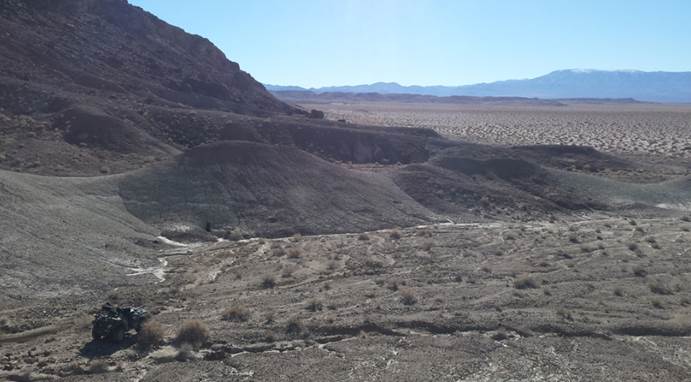
“Angel Island is a prime piece of high ground for building a plant site. I’ve been quite happy that that’s in our land holdings,” says Willoughby.
Conclusion
That’s a good way to end this update on Cypress and its Clayton Valley Lithium Project. I asked Bill Willoughby what he thinks could happen to CYP after the prefeasibility is released, in two to three months.
He had two points to make. First, the prefeas puts more reliable numbers to those outlined in the PEA. That lowers the risk and perks up the ears of a potential lending partner.
“A PFS should be able to get us that sort of confidence and metrics in terms of the economics, that we would be able to interest, say, a joint venture partner of size or get financial backing on our own to carry it forward,” says Willoughby.
Second, a PFS gives the company options. Does Cypress want to keep the operation small, and stickhandle the entire process going forward, including mine building? Or does the PFS entertain the idea of a very large mine that would entail some kind of partnership with a mining company, battery manufacturer or other lithium end user?
“The PFS is a confidence builder in de-risking the project for whatever the future holds, whether we do it ourselves, or whether somebody comes in and wants to work with us,” says Willoughby. In other words, Cypress management is flexible and the project, size and production is scalable.
Cypress is sitting on a massive potential lithium mine and the company is smartly taking all the right steps to de-risk it. The impressive resource estimate and PEA, both released last year, should have significantly boosted the stock price. Yet, in our opinion, it is still outrageously undervalued at $0.22 a share.
It also needs to be stressed, Cypress is the only advanced lithium project in North America without a strategic partner or offtake agreement. Obtaining either following a successful PFS, would be a significant catalyst for a market re-evaluation.
Cypress Development Corp
TSX-V:CYP Cdn$0.22 April 30
OTCQB:CYDVF
Shares Outstanding 73.2m
Market cap Cdn$16.1m
Cypress Development Corp website
*****
Richard (Rick) Mills
Ahead of the Herd Twitter
Ahead of the Herd FaceBook
Legal Notice / Disclaimer
This document is not and should not be construed as an offer to sell or the solicitation of an offer to purchase or subscribe for any investment. Richard Mills has based this document on information obtained from sources he believes to be reliable but which has not been independently verified. Richard Mills makes no guarantee, representation or warranty and accepts no responsibility or liability as
to its accuracy or completeness. Expressions of opinion are those of Richard Mills only and are subject to change without notice. Richard Mills assumes no warranty, liability or guarantee for the current relevance, correctness or completeness of any information provided within this Report and will not be held liable for the consequence of reliance upon any opinion or statement contained herein or any omission. Furthermore, I, Richard Mills, assume no liability for any direct or indirect loss or damage or, in particular, for lost profit, which you may incur as a result of the use and existence of the information provided within this Report.
Cypress Development Corp (TSX.V:CYP), is an advertiser on Richard’s site aheadoftheherd.com. Richard owns shares of CYP
Legal Notice / Disclaimer
Ahead of the Herd newsletter, aheadoftheherd.com, hereafter known as AOTH.Please read the entire Disclaimer carefully before you use this website or read the newsletter. If you do not agree to all the AOTH/Richard Mills Disclaimer, do not access/read this website/newsletter/article, or any of its pages. By reading/using this AOTH/Richard Mills website/newsletter/article, and whether you actually read this Disclaimer, you are deemed to have accepted it.






